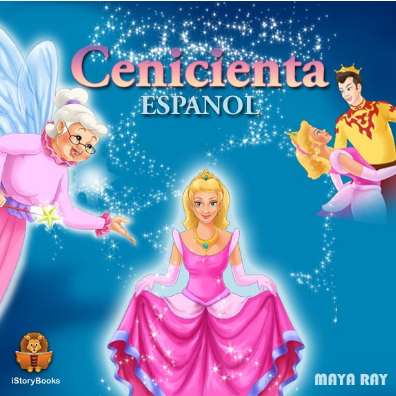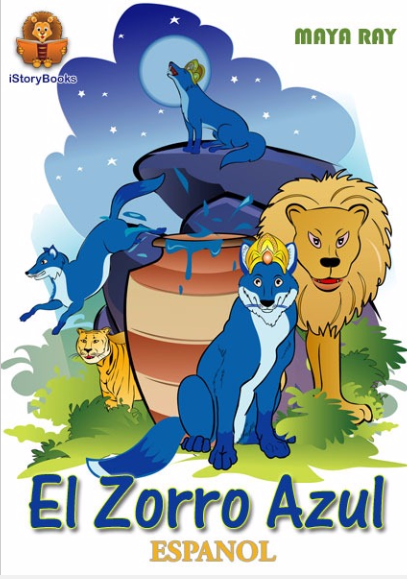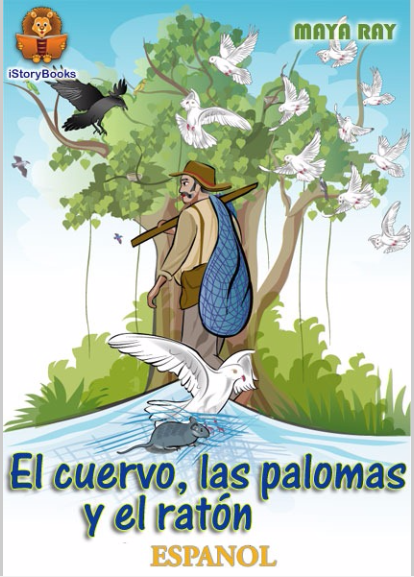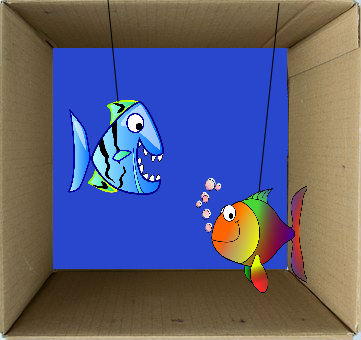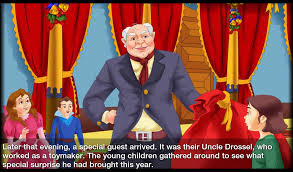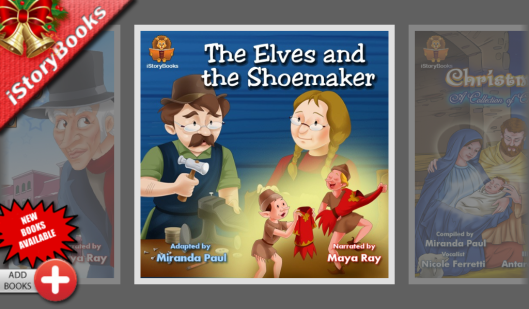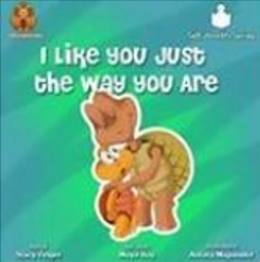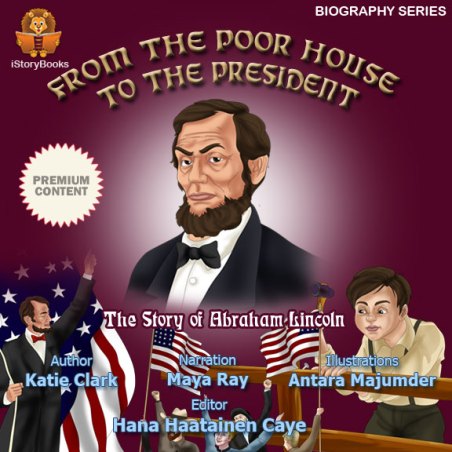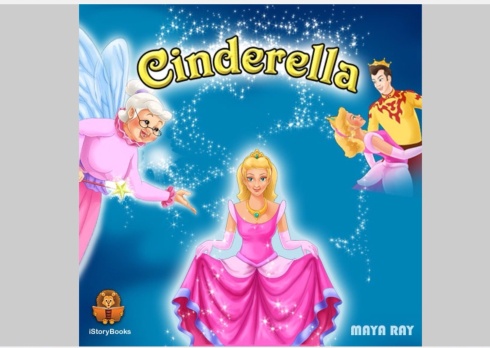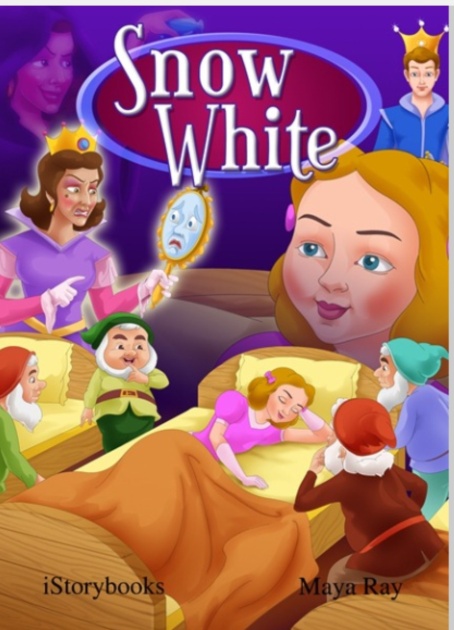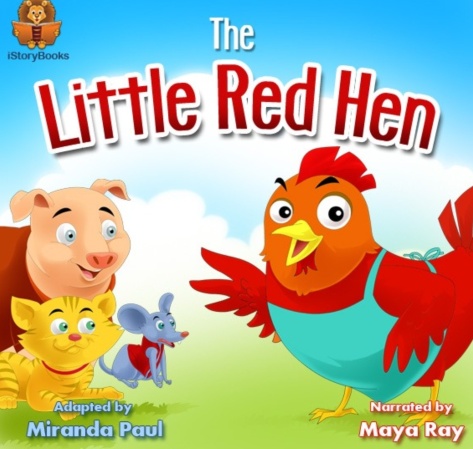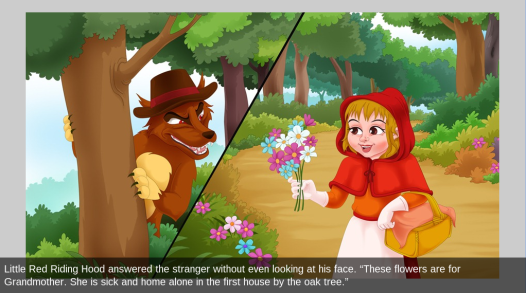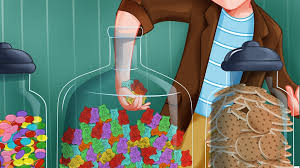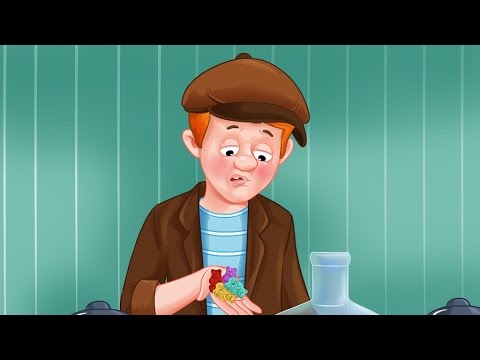The second week of November is National Young Readers Week. During this week, teachers, administrators, parents, and others involved in the lives of young children are encouraged to set an example by taking time out of the day to read. It’s just one of many ways to encourage young readers to begin to adopt healthy reading skills. As you read with young children and begin to encourage them to read on their own, here are some other strategies to help make reading more engaging.
Select Books Related to their Interests
One of the biggest factors in determining whether children will pick up a book is the book’s interest level. For example, if you give a young boy who loves dinosaurs a book about dinosaurs, he’s likely to read it (or at least skim through it). If you give him a book about life on the farm instead, he’s likely to toss it to the side. When you’re trying to engage young readers, start with their interests. As they begin to see that reading is fun and become more confident readers, they’re more likely to stray from their interests and try new books.
Choose a Book with A lot of Pictures
While a book doesn’t have to have pictures to be interesting, the illustrations or photographs contained within a book have the potential to make it much more engaging to young readers. Some readers may start out by only looking at the pictures and ignoring the text. That’s okay. When children look at the pictures, they’re still engaging with the book and imagining what the book is about. Let them explore the pictures. Then read the book with them and see if their original thoughts about the contents of the book were correct.
Hype Up a Book
Excitement is contagious. If an adult is excited about something and shares that excitement with children, it’s hard for them to not become excited too. Use that to your advantage by hyping up books you want children to read. Say things like, “Wow, this book looks so cool,” “This was my favorite book when I was a kid,” or “I can’t wait to see what’s going to happen.” Children may act disinterested at first, but the more you continue to show your enthusiasm, the more likely you are to eventually reel them in.
Use Silly Voices and Props
Children often haven’t learned to appreciate the beauty of a well-crafted sentence. So while a book may feature beautiful descriptions and vivid characters, they may need some help to connect with it. Using silly voices for the characters or bringing props as you read is one way to help children get into the story and visualize what is going on. In many of the stories from iStoryBooks, the narrator uses different voices for the characters. For informational books or books without a lot of dialogue, consider reading parts of it different voices. For example, you could read a book about science like a robot.
Ask Questions as You (or They) Read
Asking questions as children improves their interaction with and helps them to deepen their understanding of the text. You don’t have to ask deep, thought-provoking questions. Instead, focus on the 5 Ws and the H: Who? What? Where? When? Why? How? Try questions such as:
- Where do you think they’re going?
- Why do you think the character made that decision?
- What do you think is going to happen?
- How did they get there?
Read in Unique Places
Don’t just sit at a desk or on the couch to read. Get children more excited about the reading process by finding different places to read. Do they like to climb trees? Find a safe tree to climb and sit with them inside the tree to read a book. Make a fort under the dining room table and read as you hide out. Go the park and sit on the swings while reading a book. You can also set up a special area for reading. For example, fill the area under the stairs or a corner of the room with pillows or a special reading chair and encourage kids to cozy up with a book.
Reward them for Reading
We know, we know, reading should be its own reward. However, young readers often haven’t discovered that yet. Sometimes you need to offer them a bit of an incentive to read. Give them small toys or another treat every time they read an entire book or a certain number of pages. Enroll them in your local library’s summer reading program or another public program that rewards kids for filling out reading logs. Once kids start reading, they’re more likely to keep reading for fun, not just to get the reward.
